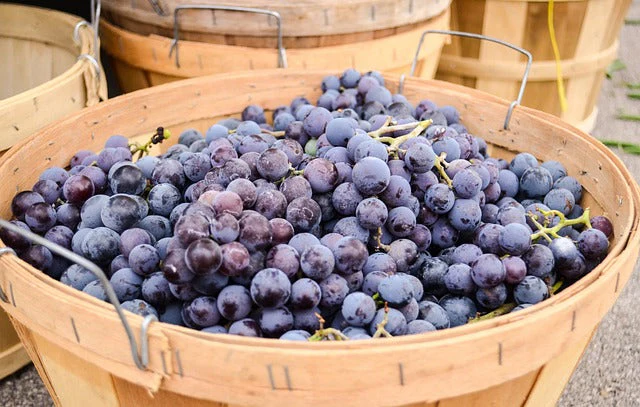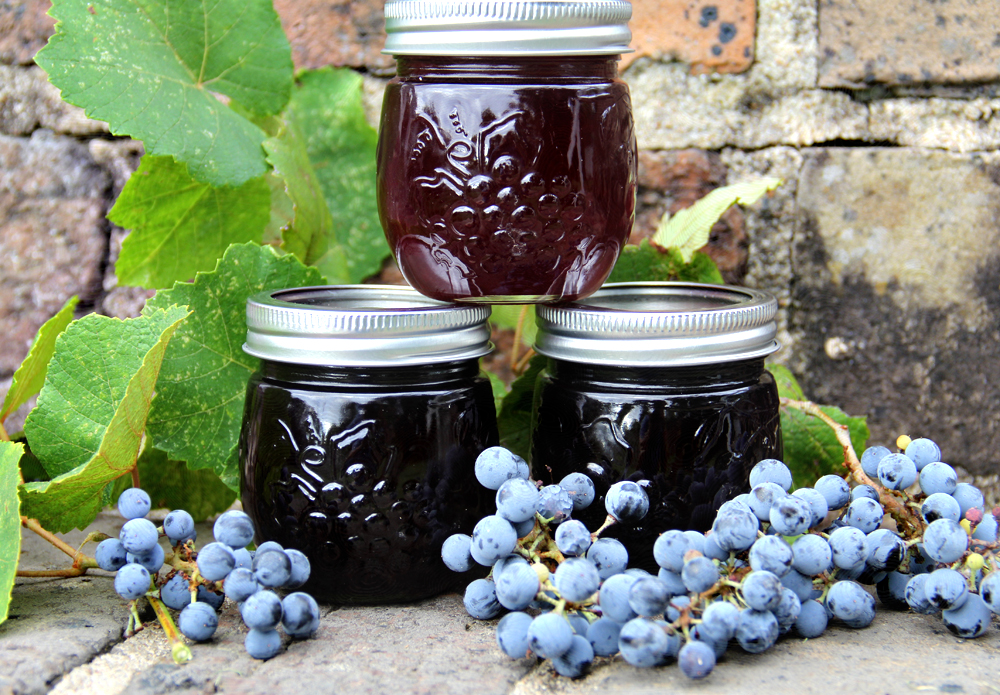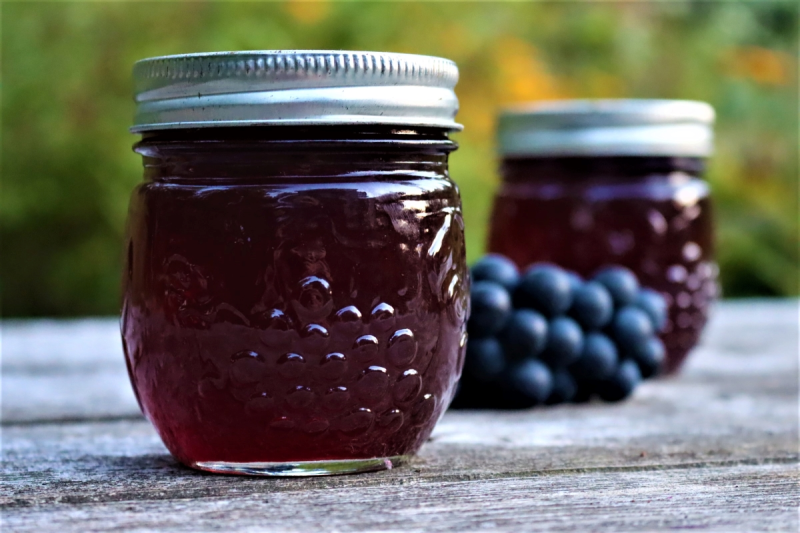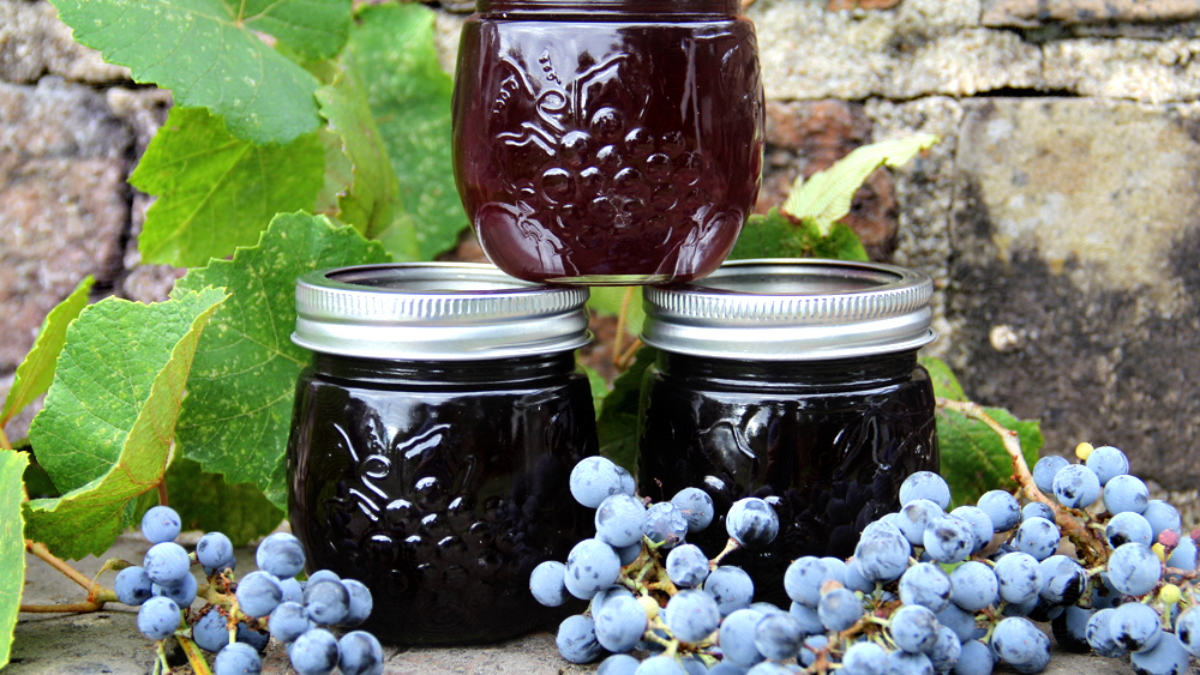Concord grapes, with their bold, sweet-tart flavor and deep purple skins, are an American classic. Whether you’re dreaming of homemade juices, rich jellies, or simply snacking straight from the vine, these hardy grapes are a rewarding addition to any home garden. Originally developed in Concord, Massachusetts, in the mid-1800s, Concord grapes thrive in a range of climates, especially in USDA Zones 4-8.
In this guide, we’ll cover everything you need to know to grow Concord grapes successfully—from choosing the right location and planting tips to care, pruning, and harvesting.

Why Grow Concord Grapes?
Concord grapes aren’t just delicious — they’re packed with health benefits and make outstanding juice, jam, jelly, and even pies and wine. Loaded with antioxidants, particularly resveratrol and flavonoids, they support heart health, boost immunity, and have anti-inflammatory properties.
Plus, grapevines can add a lush, ornamental element to your garden, covering arbors, fences, or trellises with attractive foliage and dangling clusters of vibrant fruit.

Choosing the Right Location
The success of your Concord grapevines begins with choosing the ideal planting site.
- Sunlight: Grapevines need at least 7-8 hours of full sun daily to develop healthy foliage and sweet, well-ripened fruit.
- Soil: They prefer well-drained, sandy-loamy soil with a pH between 5.5 and 7.0. Avoid planting in heavy clay or waterlogged areas.
- Air Circulation: Good airflow helps prevent diseases like powdery mildew and downy mildew. Avoid low-lying areas where cold air may settle or humidity may linger.

Planting Concord Grapes
When to Plant
Plant dormant bare-root grapevines in early spring, once the soil is workable and the risk of hard frost has passed. In warmer regions, late fall planting is also possible.
How to Plant
- Prepare the Soil: Work in plenty of organic matter such as compost to improve soil fertility and drainage.
- Dig a Hole: Make a hole wide and deep enough to comfortably spread out the roots (usually about 12-18 inches deep and wide).
- Plant the Vine: Position the vine so the crown (where the roots meet the stem) is just above soil level.
- Backfill and Water: Cover the roots with soil, firm it gently, and water thoroughly.
Spacing
Space vines 6-8 feet apart in rows that are 8-10 feet apart to allow for proper air circulation and future maintenance.

Supporting Your Grapevines
Concord grapes grow as vigorous vines and require sturdy support. Install a trellis, fence, or arbor before planting or shortly after.
A simple two-wire trellis works well:
- Set sturdy posts 8-10 feet apart.
- Run two galvanized wires: one about 3 feet off the ground, the other 6 feet high.
- Tie vines loosely to the lower wire, allowing them to climb as they grow.

Watering and Mulching
- Watering: Keep soil moist but not soggy, especially during the first growing season. Established grapevines are relatively drought-tolerant but will benefit from 1-2 inches of water per week during dry spells.
- Mulching: Apply a 2-3 inch layer of organic mulch around the base of the plant to conserve moisture, suppress weeds, and regulate soil temperature. Keep mulch a few inches away from the trunk to prevent rot.
Feeding and Fertilizing
In fertile soil, Concord grapes need minimal feeding. Over-fertilizing can lead to excessive leafy growth at the expense of fruit production.
- First year: Use a balanced, slow-release fertilizer (10-10-10) in early spring.
- Second year onward: Apply a light dose in early spring before new growth appears.
Avoid high-nitrogen fertilizers as they can overstimulate vine growth and delay fruiting.
Pruning Concord Grapevines
Proper pruning is crucial for healthy, productive grapevines. Grapes produce fruit on one-year-old wood, so annual pruning encourages new growth and maximizes yields.
When to Prune
- Late winter to early spring (when vines are dormant).
How to Prune
- First year: Focus on establishing a strong trunk and a couple of side shoots.
- Second year: Choose one or two main arms and remove all other growth.
- Third year and beyond: Cut back the previous year’s growth, leaving 4-6 buds per cane.
Each mature vine should have about 40-60 buds total after pruning.
Common Pests and Diseases
Pests:
- Japanese beetles
- Grape berry moth
- Aphids
- Leafhoppers
Control with handpicking, insecticidal soap, neem oil, or introducing beneficial predators like ladybugs.
Diseases:
- Powdery mildew
- Black rot
- Downy mildew
Prevent problems by:
- Ensuring good air circulation.
- Avoiding overhead watering.
- Applying organic fungicides if necessary.
Regular pruning and removing fallen leaves and debris also help reduce disease risk.
Harvesting Concord Grapes
Concord grapes typically ripen in late summer to early fall (August-September) depending on your region.
Signs of Ripeness:
- Deep purple color.
- Sweet, tangy flavor (taste a few to test).
- Fruit easily separates from the cluster.
Use scissors or garden shears to cut entire clusters. Handle gently to avoid bruising the delicate fruit.
Storing and Using Concord Grapes
- Fresh Use: Store in the refrigerator for up to a week.
- Freezing: Wash, dry, and freeze whole grapes for later juicing or snacking.
- Juicing: Concord grapes make rich, flavorful juice. Simply mash, simmer, strain, and sweeten to taste.
- Jelly Making: Pair grape juice with sugar and pectin for classic, old-fashioned grape jelly.
Final Thoughts
Growing Concord grapes in your backyard is a deeply rewarding endeavor, offering not just delicious harvests of juicy, antioxidant-packed berries, but also a touch of Americana and garden charm. With a sunny location, sturdy support, attentive care, and a little pruning know-how, you’ll be well on your way to filling your pantry with homemade juices, jams, and jellies.
So go ahead — plant a vine, train it up a trellis, and enjoy watching your garden come alive with the lush green leaves and dark purple clusters of this classic fruit.






Leave A Comment